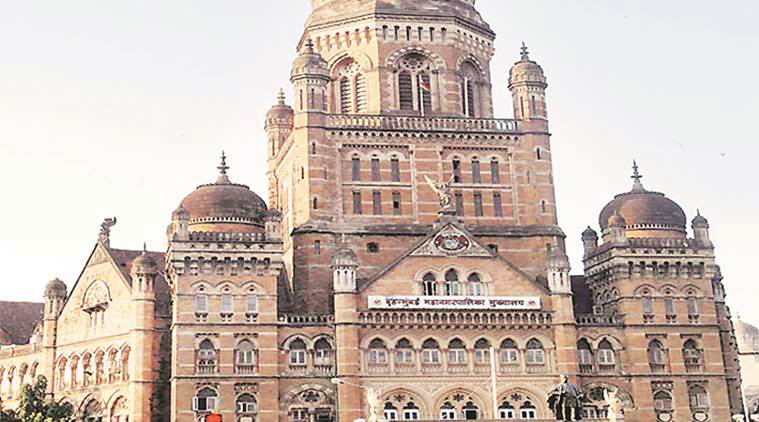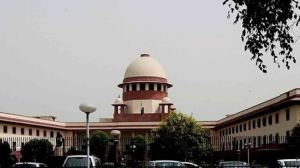Stay updated with the latest - Click here to follow us on Instagram
Mumbai: BMC’s concrete roadsides plan draws criticism from own depts
This is the third time the civic body has changed its plan on roadsides, called side strips or flexible pavements, under which utilities corridors pass.
 BMC plan to concretise roadsides has not gone down well with its own departments. (Source: File Photo)
BMC plan to concretise roadsides has not gone down well with its own departments. (Source: File Photo)
The Brihanmumbai Municipal Corporation (BMC)’s plan to concretise roadsides has not gone down well with its own departments. Fearing it will create problems in case of water leakages and for replacing water pipelines, the hydraulic engineering (HE) department has raised objections over the move.
This is the third time the civic body has changed its plan on roadsides, called side strips or flexible pavements, under which utilities corridors pass. Initially, the civic body had paved the side strips with paver blocks but later it decided to replace all the paver blocks and asphalt, claiming it would result in better riding quality of the roads as well as facilitate repeated trenching work by utility companies.
Citing better riding quality of the roads and less potholes due to water accumulation, the roads and traffic department has proposed concretising the side strips. However, last month, during a discussion on the proposal, officials from the water department raised strong objections.
An official from the HE department said, “The roads department’s plan will create more problems. If side strips are of concrete, then we are going to face a tough time locating leakages. In case of asphalt surfaces, water from a leaking pipeline emerges from the same spot where the leak is but in case of cement concrete (CC) roads, water leaking from underground pipelines emerges on the surface from various places. This will make us dig larger stretches of roads for repairs. Also, breaking and resurfacing concrete is costly and time-taking.”
“Moreover, there is a circular from the roads department which restricts us to carry out digging within 1-metre radius of a concrete road. We have taken strong objection to this concretisation plan and our higher-ups has taken up the issue with the municipal commissioner. We have shared all our concerns with the roads department.”
Several BMC officials feel concrete side strips would pose a big problem for utilities like telecommunication, gas and electricity, which have to carry out frequent digging to fix faults. Many officials in the roads department too are not happy with the decision. An engineer from the department, on condition of anonymity, said: “Flexible pavement is the corridor for utilities to lay their services. Laying of concrete will increase the cost of resurfacing by 40 per cent compared to asphalt.”
According to officials, for constructing one square metre of asphalt area, the expenditure is Rs 4,000-5,000 but for concrete it is Rs 8,000-9,000. Currently, the proposal is with Municipal Commissioner Ajoy Mehta for a final decision.
Speaking to The Indian Express, chief engineer (roads and traffic) Vinod Chithore said, “Concretisation will reduce potholes… We have done this experiment at a few locations in the western and eastern suburbs and utility agencies have appreciated this. Trenching can be curbed by improvement of certain things in utilities. This will not create problems in finding leakages and laying new water lines. On encroachment and illegal parking at side strips, we are continuously following up with the traffic police for action.”







